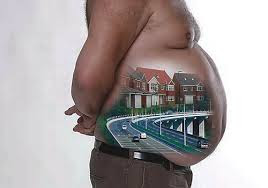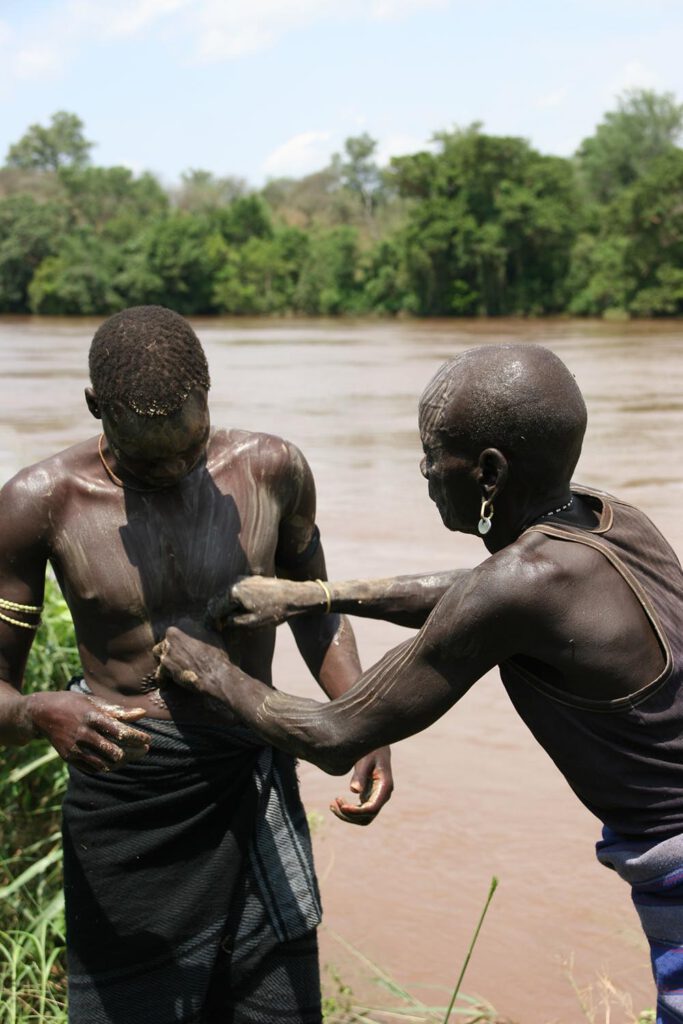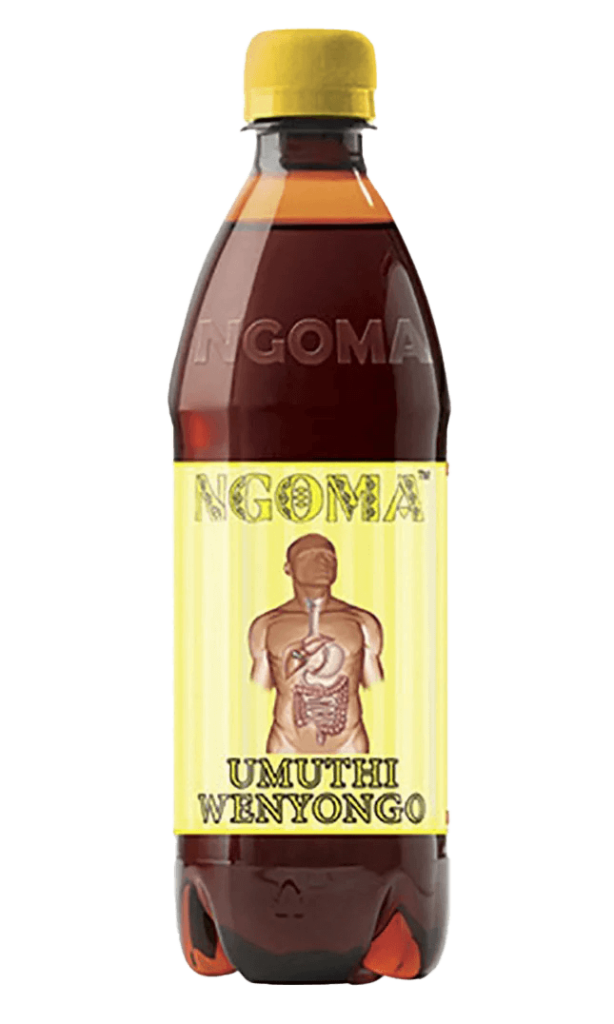XICONHOCA, THE ENEMY
XICONHOCA, ‘THE ENEMY’ Cartoon published by the Mozambican Liberation Front’s Office of Mass Communications in 1976 – Xiconhoca: this figure was created by the post-revolutionary socialist state as a key means of mobilising moral and political critique of corruption in the service of the new postcolonial nation. It had a second life in the era […]
Stomach Infrastructure

Stomach infrastructure – In Nigeria, “Stomach infrastructure” is a term that came to prominence following the campaign for the governorship of the province of Ekiti State in 2014, when Ayodele Fayose won a controversial election after promising to provide ‘stomach infrastructure’ by using funds intended for other purposes to end hunger. It is claimed—though not […]
My culture

My culture Oil painting by Themba Siwela, South African artist. – Achille Mbembe, in his classic text “On the Postcolony,” showed how public art forms have been important sites of critique and commentary that reveal the form and nature of power and its operations in postcolonial African societies. This kind of analysis of art is […]
Mun (Mursi) belly painting

Mun (Mursi) belly painting Mun (Mursi) belly painting Photographer: Kate Fayers-Kerr – Mun Mursi belly painting: the Mun (Mursi) use mud and clay as a technique for grounding self and society in social, political, and cosmological space and order. Fayers-Kerr has persuasively shown how Mun painting and ideas about eating earth are closely connected to […]
Nkisi power figure: “Mavungu”

Nkisi power figure: ‘Mavungu’ Held in the Pitt Rivers Museum, Oxford. 1900.39.70. Figure carved of wood and painted, studded with iron nails and implements; a ‘power figure’. [JC 27/9/2001] – Kongo nkisi: nkisi are controversially known as “nail fetishes” and famously trouble the Western concept of “animism” and African religion. The concept of the fetish […]
Umuthi wenyongo

A B Umuthi wenyongo A bottle of healing medicine manufactured by a company trading as 3Sixty Herbal Health, with a product line called “Ngoma”. “Umuthi wenyongo” is an isiZulu term for “herbal medicine of bile”. – Umuthi wenyongo: these ideas about pollution and purging of the gut are very old in southern Africa, and yet […]
